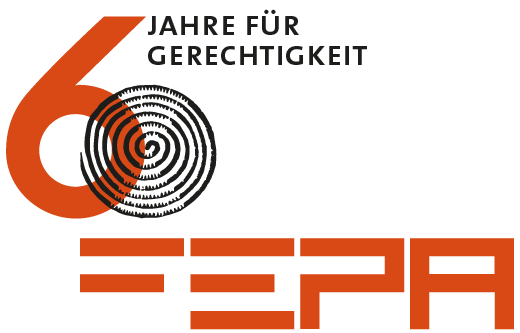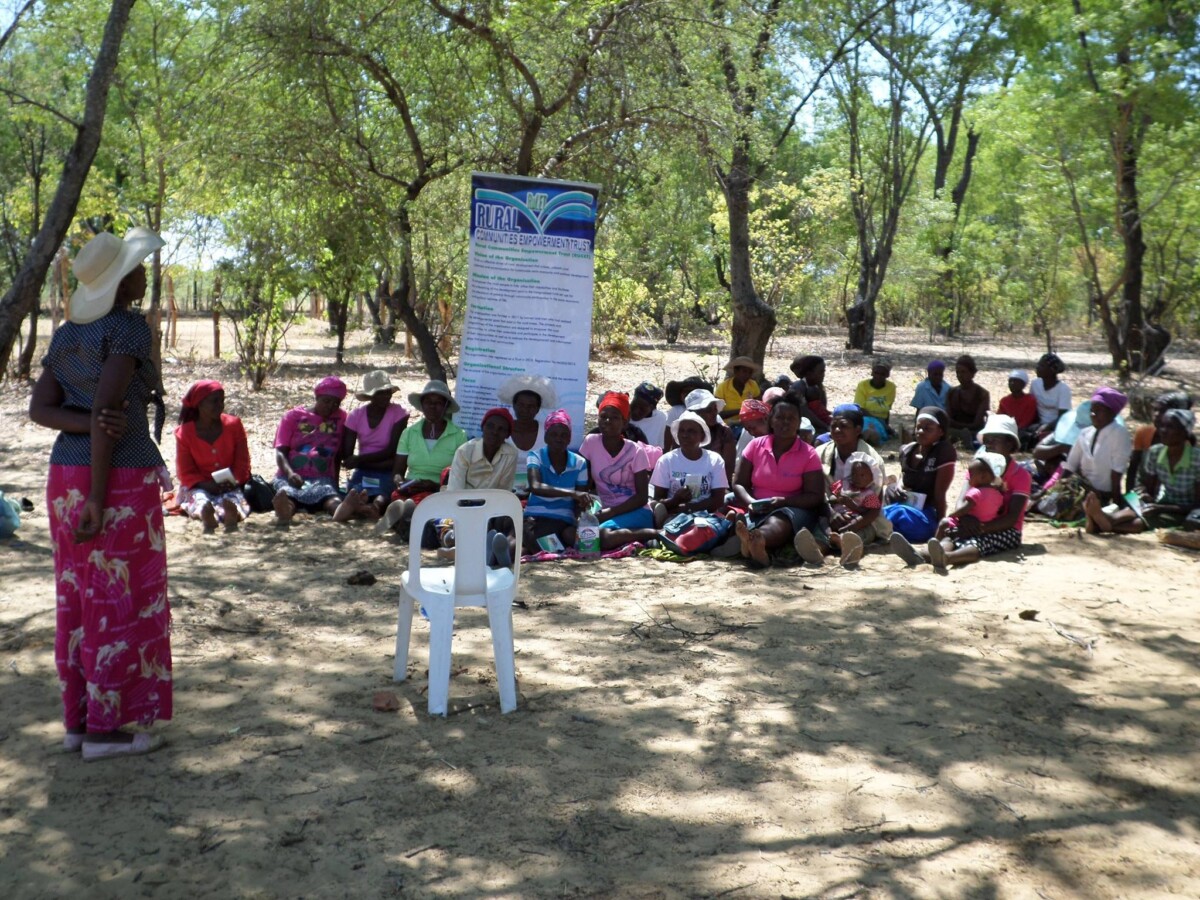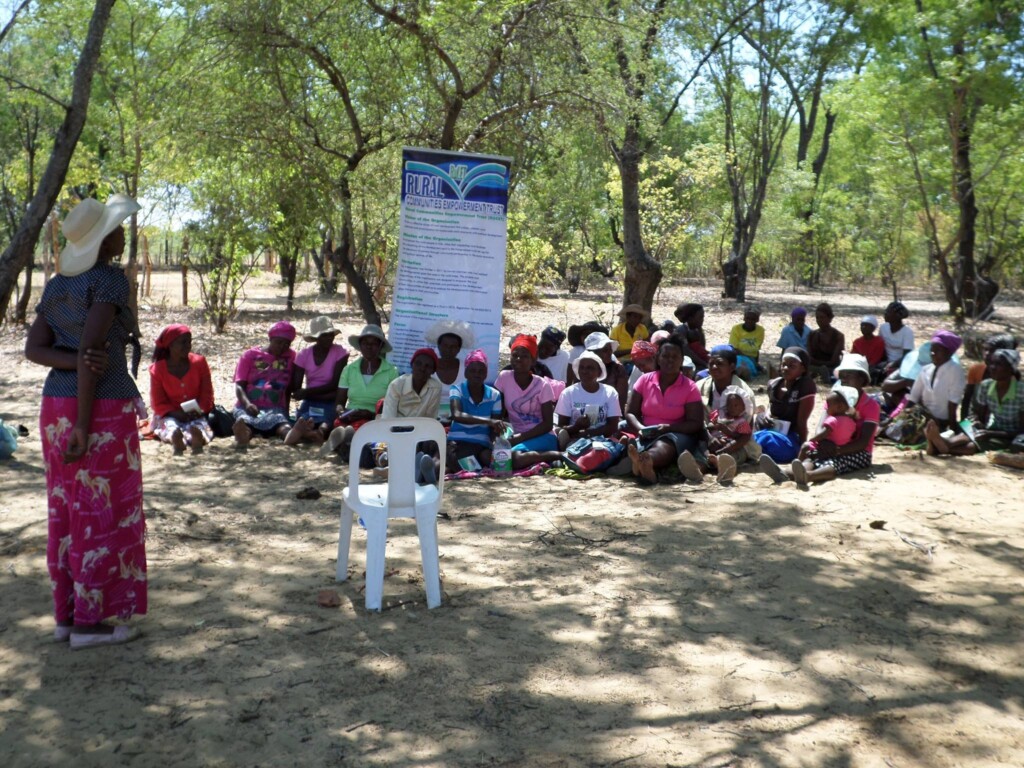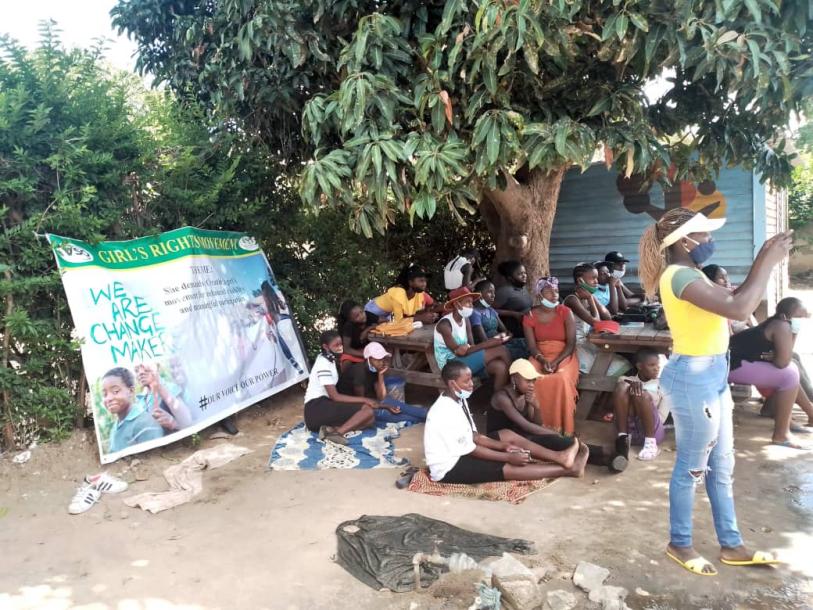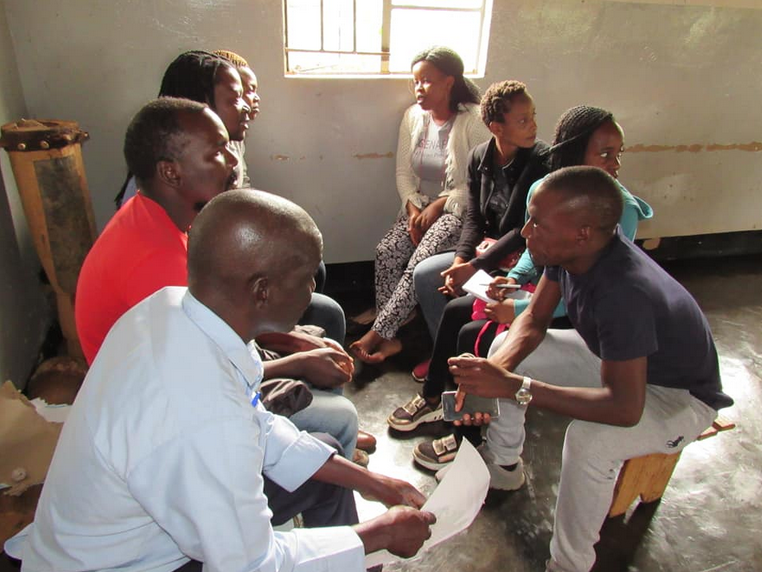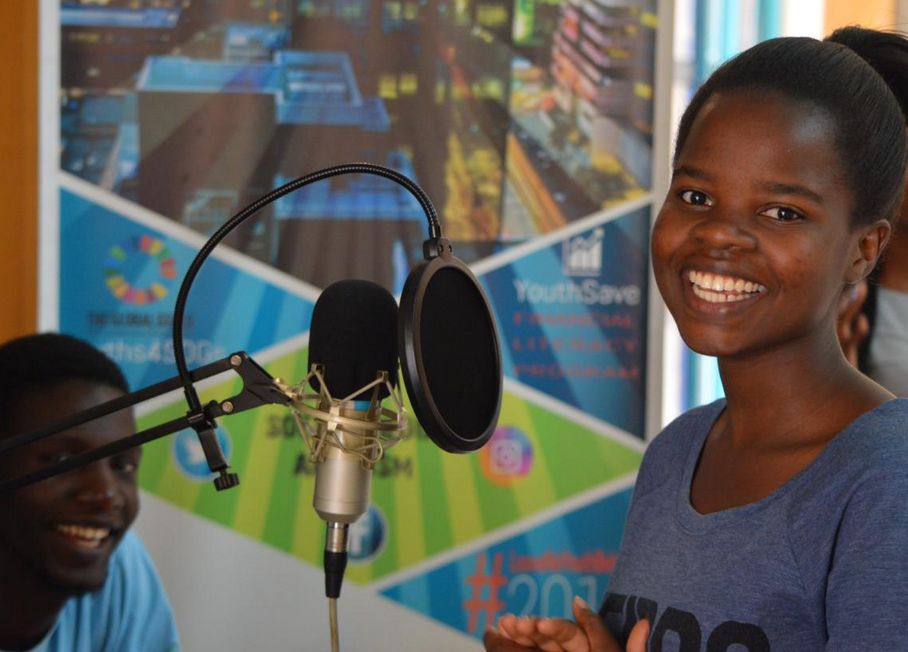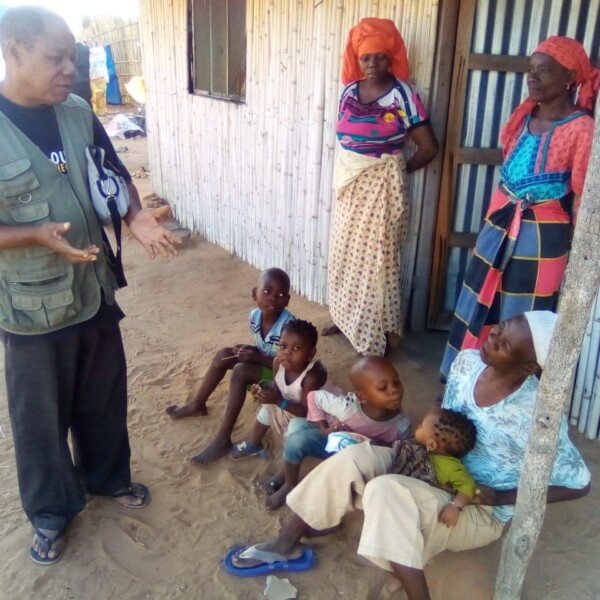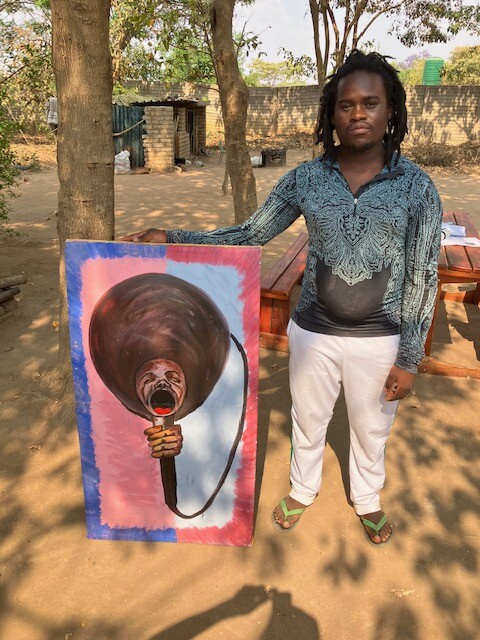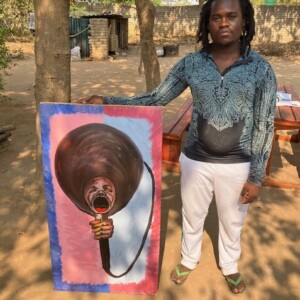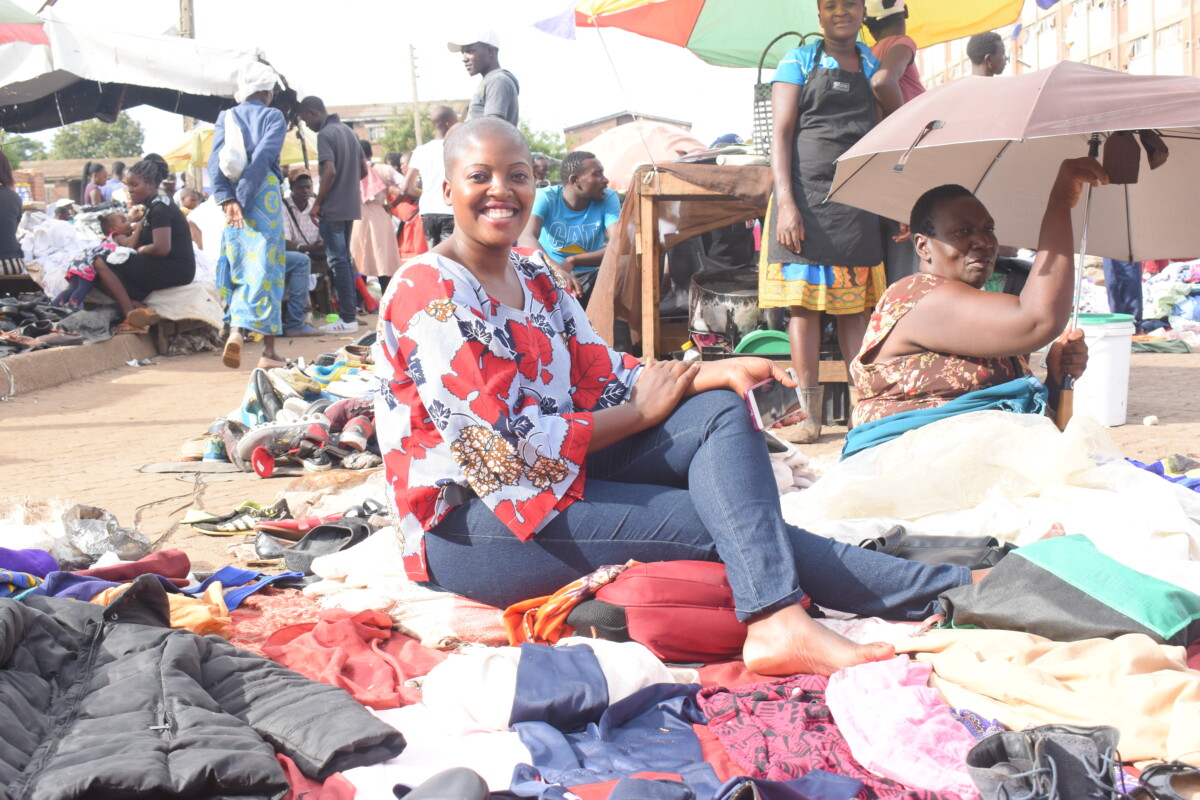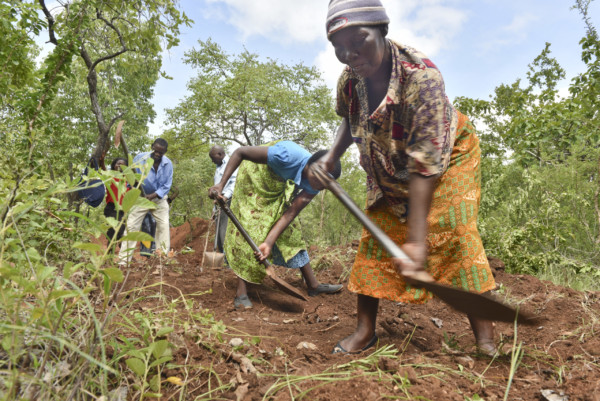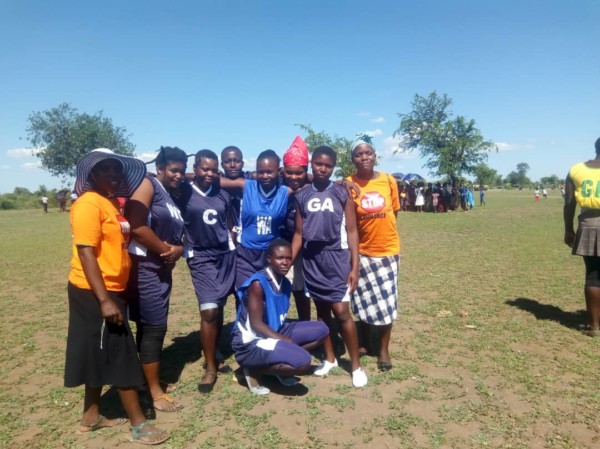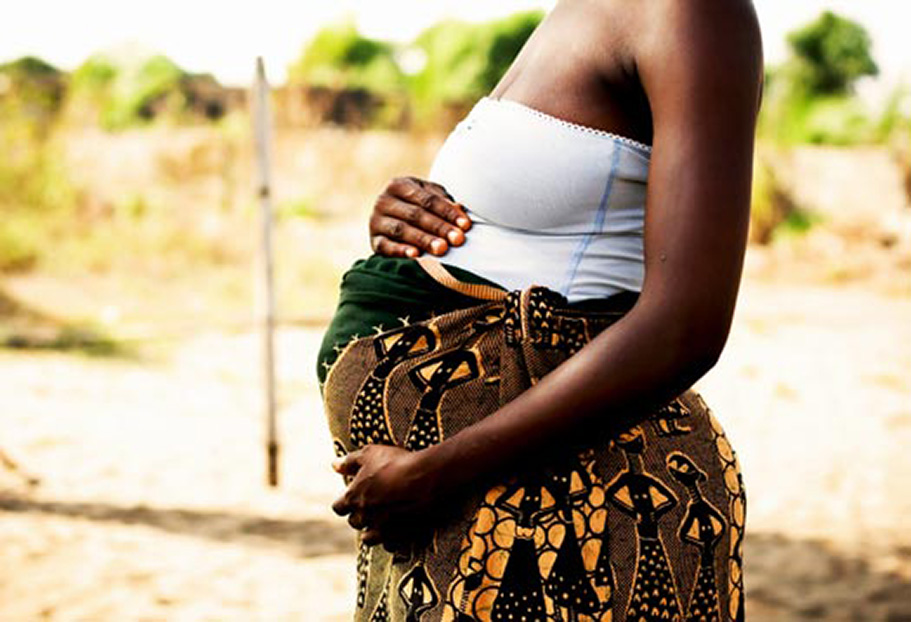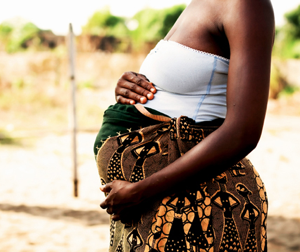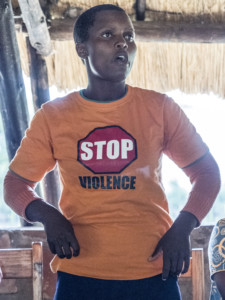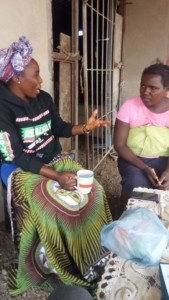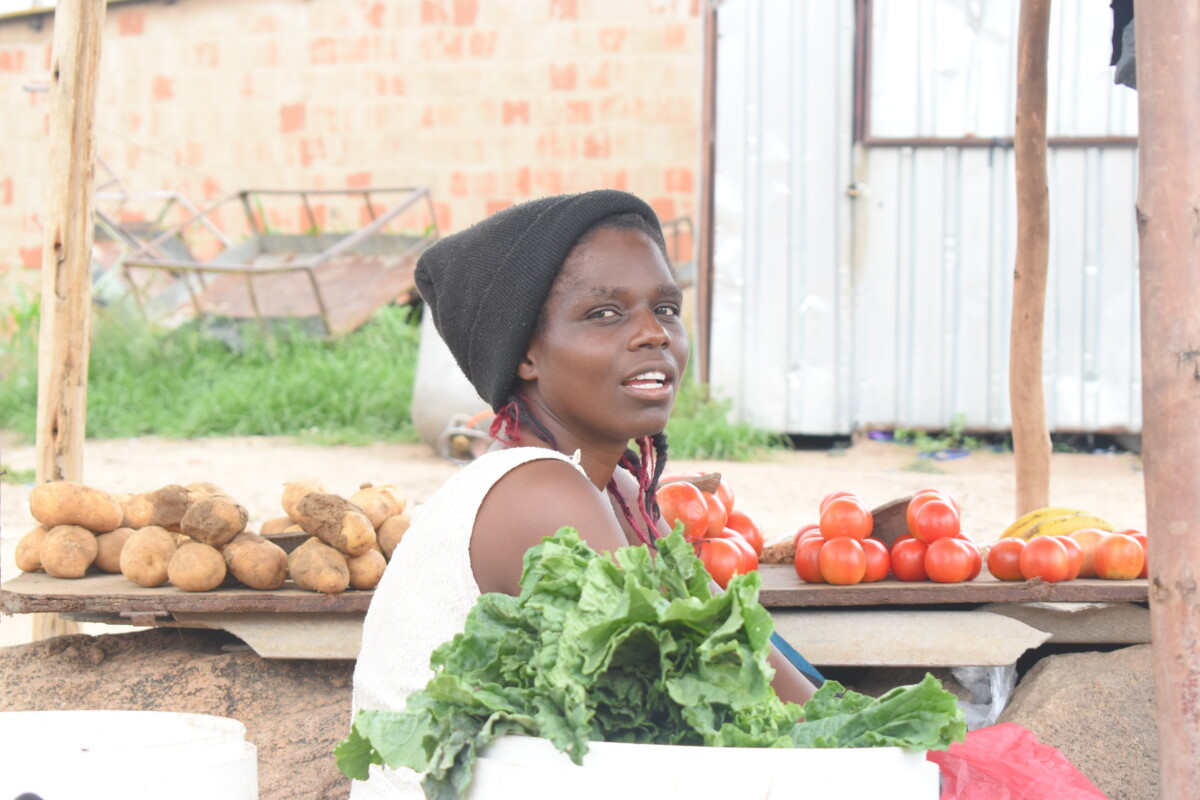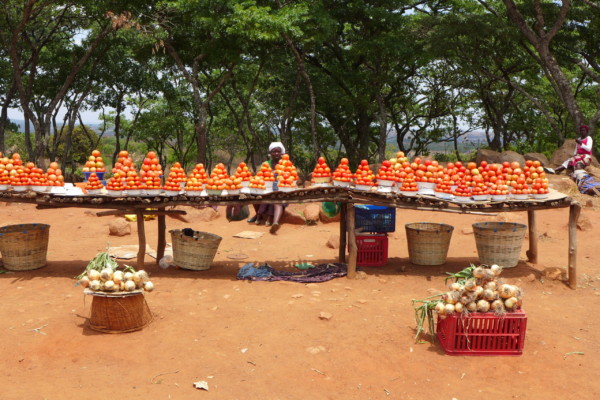RNS – RISE N’ SHINE TRUST
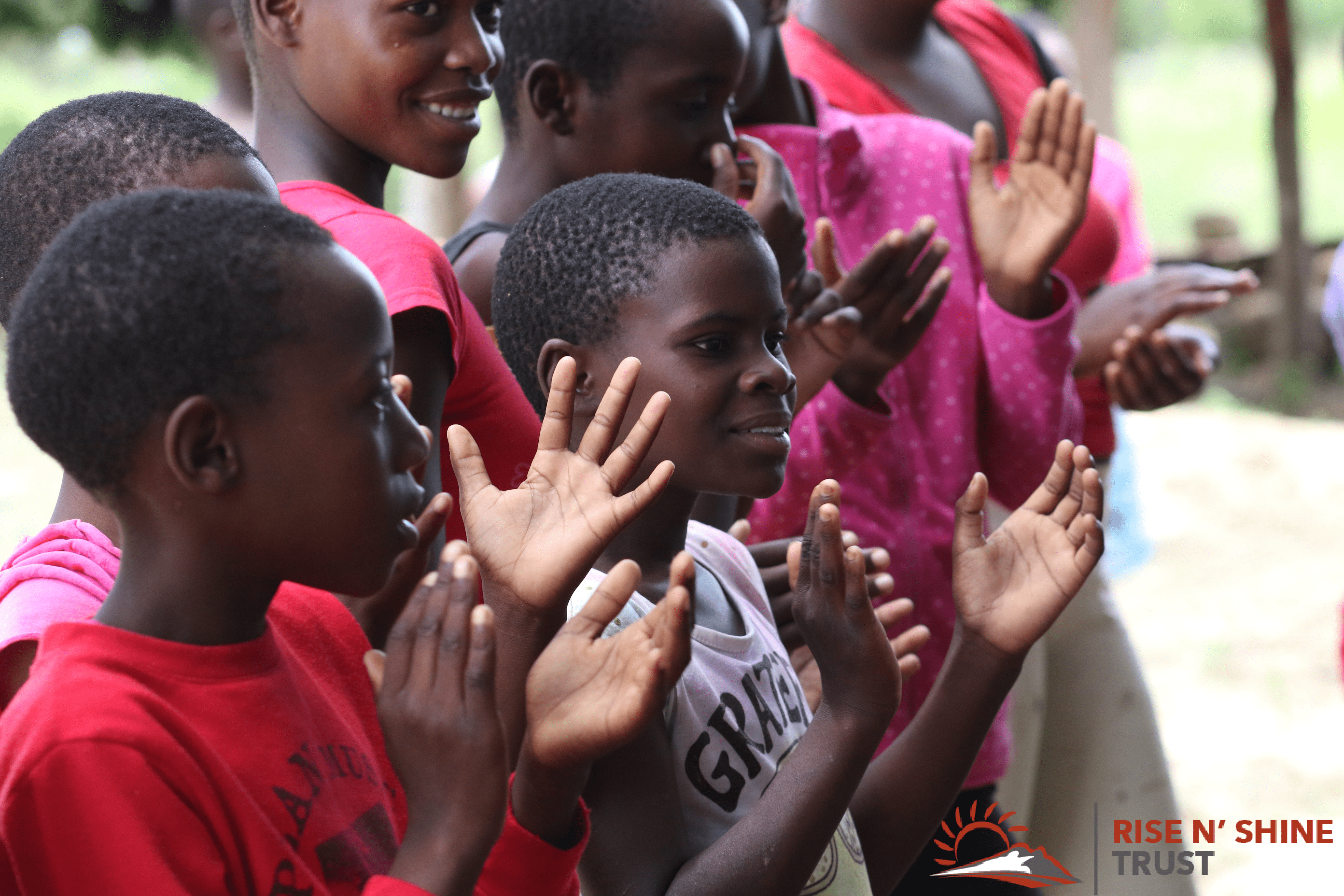
Rise N’ Shine Trust is a non-profit charity in Zimbabwe that works for the arts, education and the environment. Specifically, it is about creating self-chosen and self-determined pathways for young people and women in rural, peripheral and urban areas. Rise N’ Shine believes in the power of education to bring about sustainable change in communities and societies for the future.
Tables of Peace 2023
The Rise N’ Shine Trust is a partner organisation of the Small Grants Initiative 2023.
With the project “Tables of Peace”, RNS advocates for art, education and the environment. Young men come together and address their own role in relation to gender-based violence. Since playing billiards is a frequent pastime for many men from rural areas and small towns, RNS picks up right there, addressing men’s participation on the issue of gender-based violence at pool tables.
